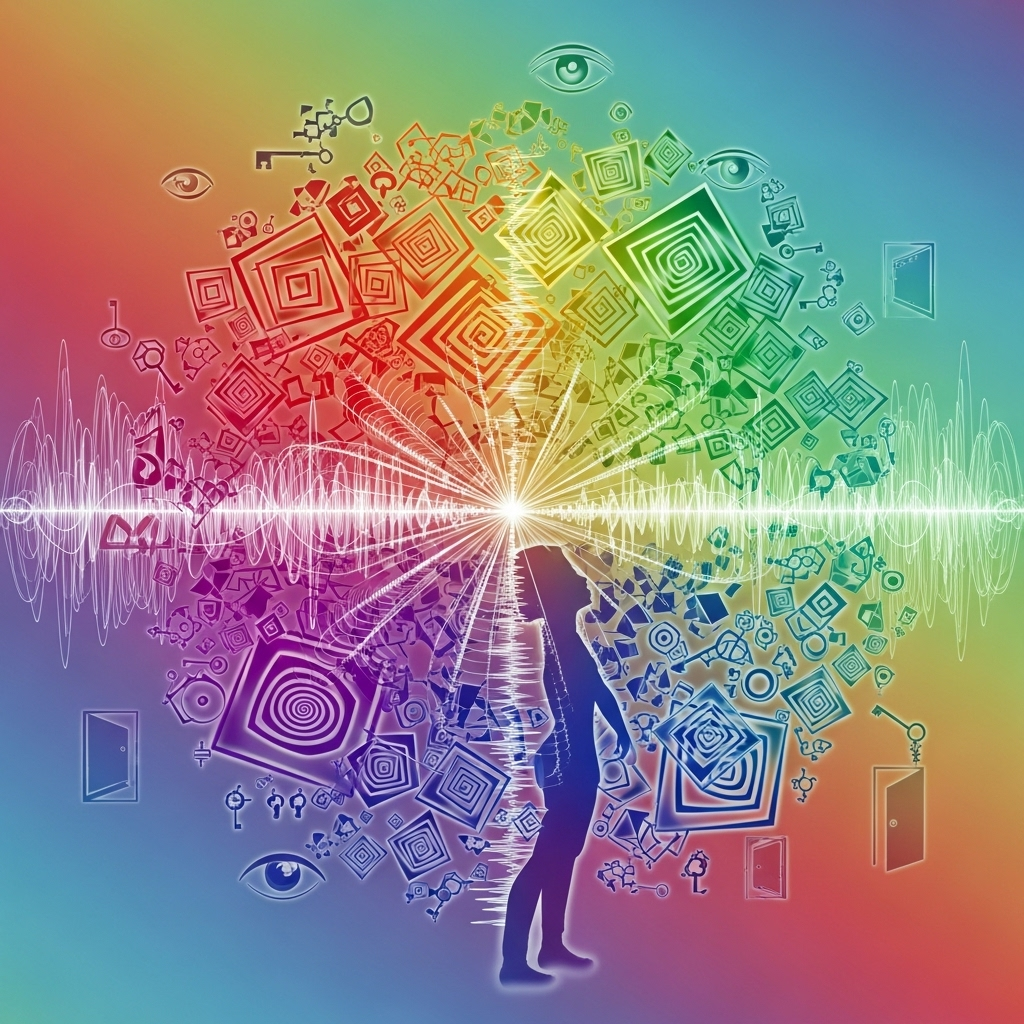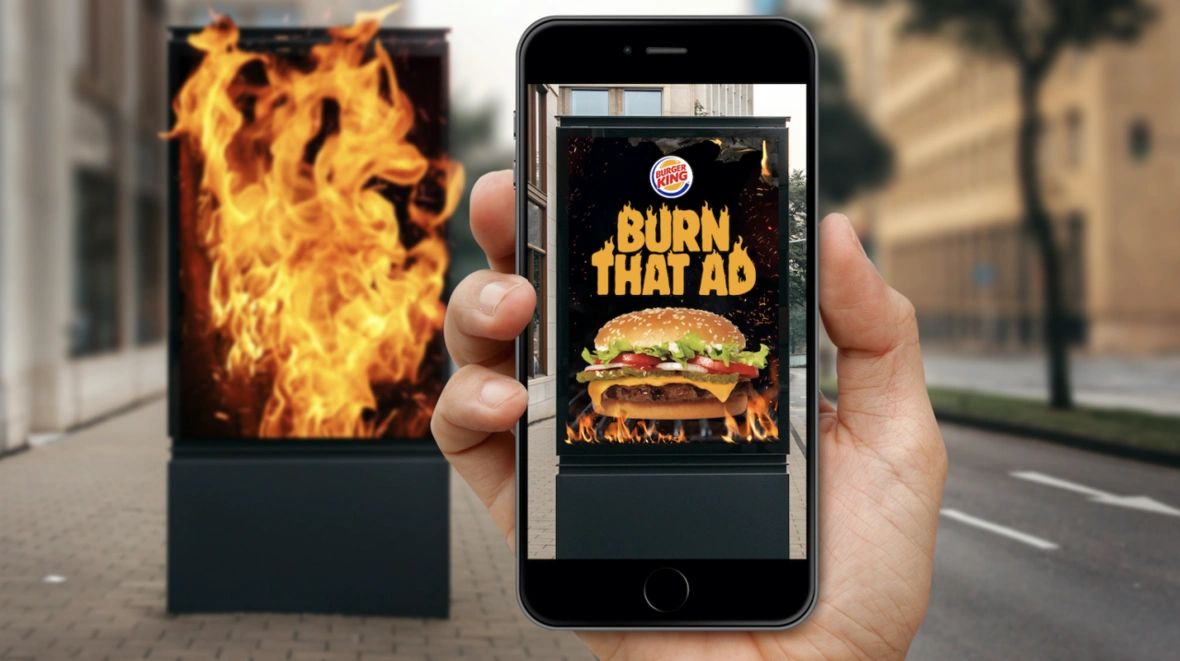Top Digital Marketing Trends in 2025: Your Roadmap to Growth
In the fast-paced world of digital marketing, staying ahead of the curve isn't just a goal—it's a necessity. What worked last year might not be as effective in 2025. The digital landscape is in a state of constant flux, driven by rapid technological advancements and ever-changing consumer behavior. This year, we're seeing the full-scale integration of artificial intelligence, the rise of short-form video as a primary search engine, and a renewed focus on authentic, immersive brand experiences. The global digital marketing market is projected to reach over $786 billion in 2025 (Source: Statista), and for businesses to capture a piece of that massive pie, they must adapt. This comprehensive guide will break down the top digital marketing trends of 2025, providing you with a clear, actionable roadmap to enhance your strategy and drive real results. From AI-driven campaigns to the power of augmented reality, we'll explore the tools and techniques you need to succeed.
Trend 1: The Ubiquity of AI in Digital Marketing

Artificial Intelligence (AI) is no longer a futuristic concept; it is the engine powering the most successful digital marketing campaigns in 2025. AI is moving beyond simple chatbots and into advanced, predictive analytics that automate and optimize every aspect of the marketing funnel. The global AI in marketing market is expected to grow by over 25% this year, a clear indicator of its critical importance. Marketers who don't embrace AI will be left behind.
AI-Powered Advertising and Personalization
- Dynamic Creative Optimization (DCO): AI tools can now generate thousands of ad variations in real-time, testing different headlines, images, and calls to action (CTAs) to find the perfect combination for each individual user. Instead of showing a generic ad, the user sees a hyper-personalized version designed to maximize conversion.
- Predictive Analytics: AI algorithms analyze vast datasets to predict customer behavior. This allows marketers to identify which customers are most likely to churn, what products they are likely to buy next, and the optimal time to send a message. This shift from reactive to proactive marketing is a game-changer.
- Automated Bidding and Budgeting: Platforms like Google Ads and Meta have made their AI-powered bidding strategies smarter than ever. Marketers can set goals, and the AI will automatically adjust bids and allocate budgets across campaigns to achieve the best ROI, freeing up valuable time for strategic work.
Trend 2: TikTok SEO and the Rise of Short-Form Video Search
For years, Google was the undisputed king of search. While it remains a dominant force, a new generation of users is turning to a different platform for information: TikTok. In 2025, TikTok has evolved into a powerful visual search engine, with users looking for everything from product reviews to "how-to" guides. This has given rise to a new discipline: **TikTok SEO**.
Optimizing for the TikTok Algorithm
- Keyword-Rich Captions & On-Screen Text: The TikTok algorithm analyzes not only the video content itself but also the text used in captions and on the screen. Including relevant keywords in these areas is crucial for discoverability.
- Hashtag Strategy: A well-researched hashtag strategy is vital for reaching your target audience. In 2025, a mix of broad, niche, and trending hashtags is the key to expanding your reach.
- Audio & Trending Sounds: Using popular and trending audio tracks can significantly increase your video's visibility. The algorithm often favors content that uses sounds that are currently going viral.
The trend is undeniable: as of 2025, over 40% of Gen Z users prefer using social media platforms like TikTok and Instagram for search over Google (Source: Forbes). This shift means brands must invest in a comprehensive short-form video strategy that incorporates SEO principles to remain relevant.
Trend 3: Augmented Reality (AR) Marketing

Digital marketing is no longer confined to 2D screens. The year 2025 has seen augmented reality (AR) move from a niche gimmick to a powerful, engaging marketing tool. By overlaying digital content onto the real world, AR creates an immersive and interactive experience that fosters a deeper connection with the brand. This is particularly effective for e-commerce and retail, where it bridges the gap between the online and physical shopping experience.
Practical Applications of AR in Marketing:
- Virtual Try-Ons: Brands like L'Oréal and Warby Parker have been pioneers in this space, allowing customers to virtually try on makeup or glasses using their smartphone cameras. In 2025, this technology is more common and precise than ever.
- Interactive Product Visualization: Customers can now place a virtual piece of furniture in their living room to see if it fits, or visualize how a new car will look in their driveway. This reduces purchase friction and increases confidence in the product.
- Immersive Storytelling: Brands are using AR to create interactive filters and games on social media. This not only engages the audience but also turns users into brand advocates as they share their experiences with others.
The market for AR is booming. As of 2025, the global augmented reality and virtual reality market is valued at over $200 billion (Source: Grand View Research), with marketing and advertising as one of the key growth drivers. Brands that embrace AR are creating memorable, sticky experiences that boost customer loyalty and sales.
Trend 4: The Rise of Micro-Influencers and Authenticity
In 2025, consumers are growing wary of perfectly polished, sponsored content from mega-influencers. They crave authenticity and genuine recommendations from trusted sources. This has led to a major shift toward micro-influencers—individuals with a smaller, highly engaged following (typically 1,000-100,000 followers).
Why Micro-Influencers Are More Effective:
- Higher Engagement Rates: Micro-influencers have a closer, more personal relationship with their audience, leading to higher likes, comments, and shares on their content. Their recommendations feel more like advice from a friend.
- Niche Authority: They often specialize in a specific niche (e.g., sustainable fashion, vegan cooking), making them a trusted authority in that space. This allows brands to reach a highly targeted and relevant audience.
- Cost-Effective: Working with micro-influencers is significantly more affordable than collaborating with a celebrity or mega-influencer, providing a higher ROI for brands with smaller marketing budgets.
According to a 2025 report from Influencer Marketing Hub, over 70% of brands are now allocating a significant portion of their influencer marketing budget to micro-influencers, recognizing the value of authentic, community-driven content (Source: Influencer Marketing Hub).
Trend 5: Privacy-First Marketing and Zero-Party Data
With increasing data privacy regulations (like GDPR and CCPA) and the deprecation of third-party cookies by major browsers, marketers can no longer rely on external data. In 2025, the focus has shifted to privacy-first marketing and the collection of **zero-party data**—data that a customer intentionally and proactively shares with a brand, such as preferences, purchase intentions, and personal context. The global data privacy software market is predicted to reach a valuation of $4.8 billion by 2026, demonstrating the industry’s commitment to new privacy standards (Source: Business Wire).
Strategies for Collecting Zero-Party Data:
- Interactive Quizzes and Polls: Create fun, engaging quizzes that ask users about their preferences. For example, a skincare brand can ask "What's your biggest skin concern?" to recommend the right products.
- Preference Centers: Allow customers to choose what kind of communication they want to receive (e.g., email newsletters, SMS alerts, or push notifications) and how frequently.
- Personalized Surveys: Send short, personalized surveys after a purchase to get feedback and learn more about the customer's needs and interests.
By building a direct relationship with customers and asking for their information, brands can create a more personalized and effective marketing strategy without infringing on privacy. This builds trust and leads to higher conversion rates.
Conclusion
The digital marketing landscape in 2025 is defined by two key forces: **technology and authenticity.** AI is providing the tools to automate, optimize, and personalize at an unprecedented scale. At the same time, consumers are demanding more genuine, human-centric experiences, whether through the rise of TikTok SEO, the immersive power of AR, or the trusted voice of a micro-influencer. Success in this new era requires a blend of these elements. By embracing these top digital marketing trends, you can future-proof your strategy, connect with your audience on a deeper level, and drive significant business growth.
Which of these digital marketing trends are you most excited to implement? Let us know in the comments below! If you found this article helpful, be sure to share it with your team and subscribe to our newsletter for more cutting-edge insights.
(1).png)